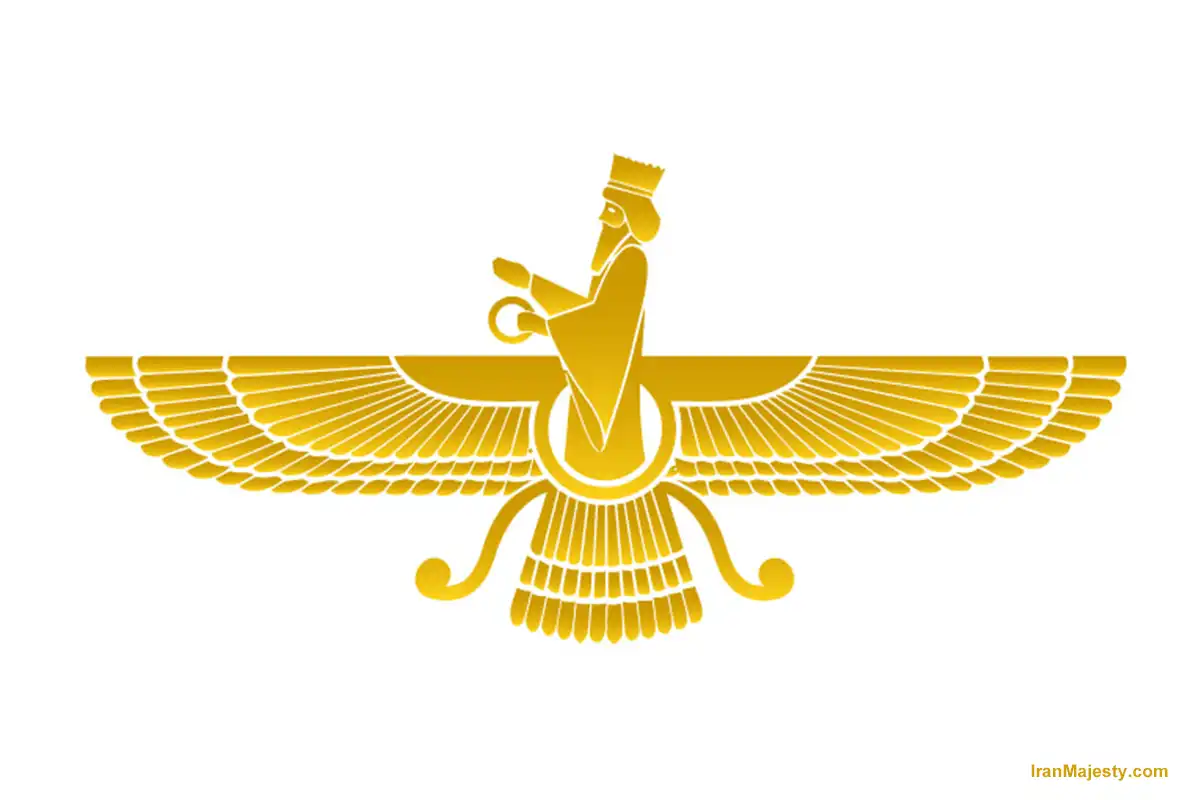You might be curious about the religion of Iranians, wondering, “which religion is practiced by most Persians?”, “what is the religion in Iran?”, or “which religion is practiced by most Persians in Iran?”
Religion has been an integral part of Iranian society for centuries, shaping its culture, customs, and values. Iran is often associated with Islam, particularly the Shia branch, which has been the official religion of the state since the 16th century. However, the religious landscape of Iran is much more complex and diverse, with a deep history of different faiths, ancient beliefs, and modern spiritual movements. This article provides a broad overview of Iran’s religious background and contemporary beliefs.
The Main Religion: Shia Islam
The majority of Iranians today identify as Shia Muslims, specifically following the Twelver branch of Shia Islam. Shia Islam became the state religion of Iran during the Safavid dynasty in the early 16th century. Since then, it has deeply influenced Iranian culture, art, literature, and governance. Shia Islam places a particular focus on the reverence of Prophet Muhammad’s family, especially Imam Ali, his cousin and son-in-law, and his descendants. Major religious events, like Ashura, which commemorates the martyrdom of Imam Hussein, are widely observed and celebrated across Iran.
Why Shia Islam Became Dominant in Iran
Historically, Iran has been a meeting place of different cultures and religions. However, in the 1500s, the Safavid rulers chose Shia Islam to differentiate themselves from their Sunni Ottoman neighbors, leading to the widespread adoption of Shia Islam in the region. Today, nearly 90% of Iranians are Shia Muslims, with the religion playing a central role in daily life and national identity.
Other Forms of Islam in Iran
While Shia Islam is dominant, there are also Sunni Muslims in Iran, mostly concentrated in specific regions such as Kurdistan, Baluchistan, and along the Persian Gulf coast. Sunnis, primarily following the Hanafi and Shafi’i schools, make up around 5-10% of Iran’s population. They contribute to the rich diversity of Islamic practices within the country and maintain their own traditions, often influenced by local customs and heritage.
Pre-Islamic Religions and Zoroastrianism
Before the arrival of Islam in the 7th century, Zoroastrianism was the dominant religion of ancient Persia. Zoroastrianism, founded by the prophet Zoroaster, is one of the world’s oldest monotheistic religions and emphasizes the duality of good and evil. Despite Islam’s prominence, Zoroastrianism still has followers in Iran today, mostly in Yazd and Kerman, where ancient fire temples and symbols of the faith can be seen. Zoroastrians observe traditional holidays such as Nowruz (Persian New Year) and Chaharshanbe Suri (fire-jumping festival), which are celebrated nationally regardless of religious affiliation.
“Check out this informative video by Understanding Southwest Asia, embedded here to enrich your understanding of What are the main religions practiced in Iran?. A special thanks to the creator for their fantastic work.”

Other Recognized Religious Minorities
Christianity
Christianity has an ancient history in Iran, with roots tracing back to the early years of the faith. Today, Armenian and Assyrian communities represent the largest groups of Christians in Iran, each with their own churches, schools, and cultural institutions. These communities observe Christian holidays and traditions and are allowed to practice their religion freely.
Judaism
Iran is home to one of the oldest Jewish communities in the world, dating back to the time of the Babylonian exile in the 6th century BCE. Iran’s Jewish community has its own synagogues and cultural centers, mostly in Tehran and Shiraz. Despite political tensions between Iran and Israel, the Jewish community continues to be an integral part of Iranian society.
Baha’i Faith
The Baha’i faith, founded in 19th-century Persia, is another significant religious minority in Iran, although it faces legal restrictions and discrimination. Baha’is believe in the unity of all religions and the progressive revelation of spiritual teachings. Despite challenges, the Baha’i faith continues to attract followers and has a global presence.
The Modern Religious Landscape
Iran’s religious identity is largely shaped by Islam, but younger generations in recent years have shown a shift in religious perspectives. Due to greater access to global media and information, many young Iranians are exploring secular ideologies, spirituality outside of organized religion, and personal interpretations of faith. While Islam remains central to Iran’s identity, this generational shift hints at an evolving spiritual landscape.
Religious Diversity and Tolerance
The Iranian Constitution recognizes Islam, Christianity, Judaism, and Zoroastrianism as official religions, allowing each to practice their faith. However, adherence to the Islamic faith is generally expected in public life, and religious minorities, while protected, sometimes experience limitations on public expression. Yet, Iran’s diverse religious history shows a society that has been influenced by many beliefs, from ancient deities and fire temples to modern interpretations of spirituality.
A Country of Spiritual Depth
From its ancient roots in Zoroastrianism to its majority Shia population today, Iran’s religious fabric is a fascinating blend of ancient and modern beliefs. This blend is seen not only in formal practices but also in Iranian customs, values, and even language. For example, concepts from Zoroastrianism, such as the significance of light and fire, are still embedded in Persian traditions.
Inviting You to Experience the Spiritual Side of Iran
Iran offers an intriguing journey for anyone interested in exploring a unique spiritual and religious heritage. Visiting places like Yazd’s fire temples, the Armenian churches of Isfahan, or the shrines of Mashhad offers a rare glimpse into the profound spiritual diversity and unity that define Iran.
Would you like to learn more about Iran’s rich history of religions and spiritual beliefs? Leave a comment below, ask questions, and don’t forget to share this article with friends who may also be curious!


0 Comments